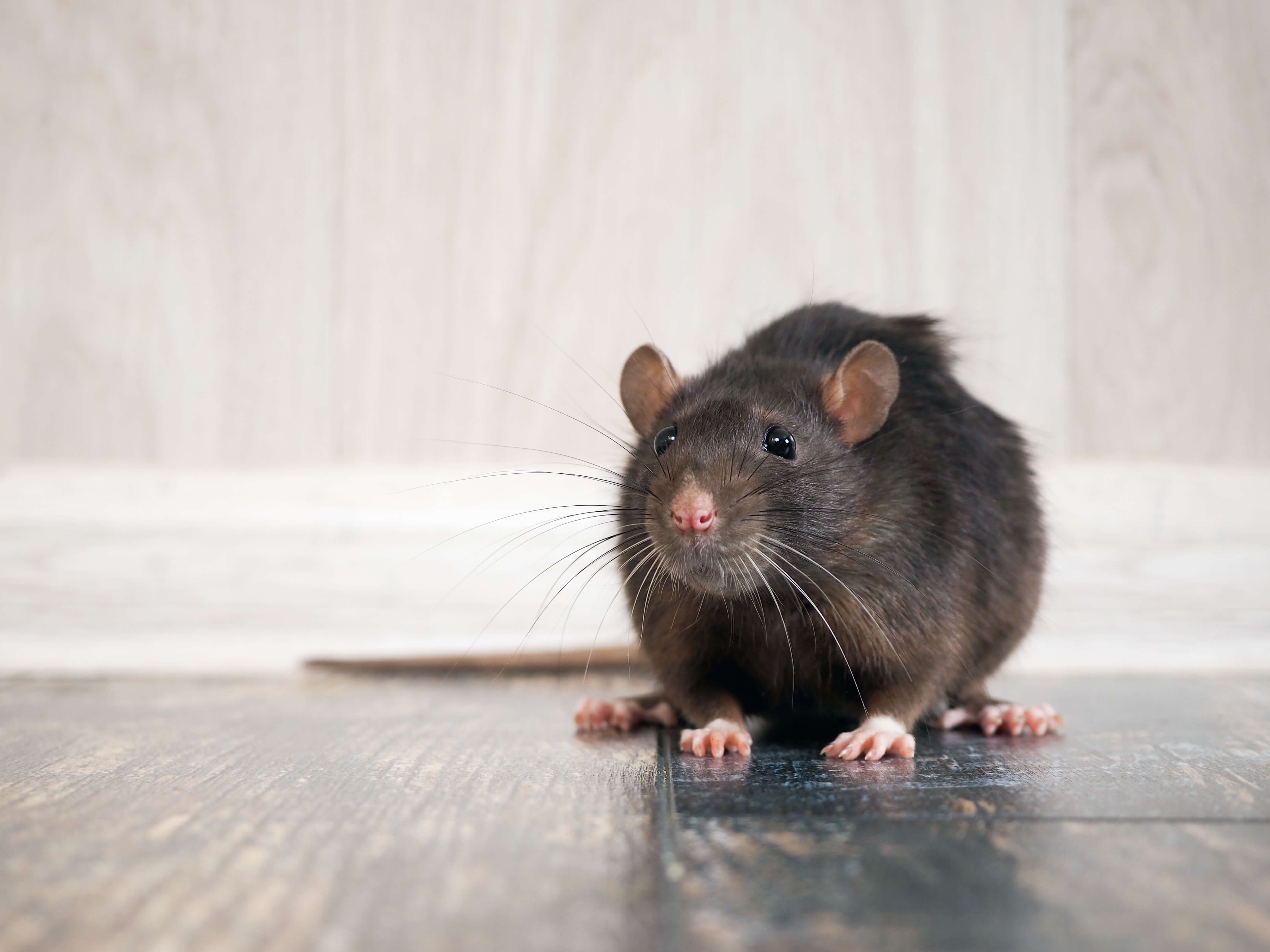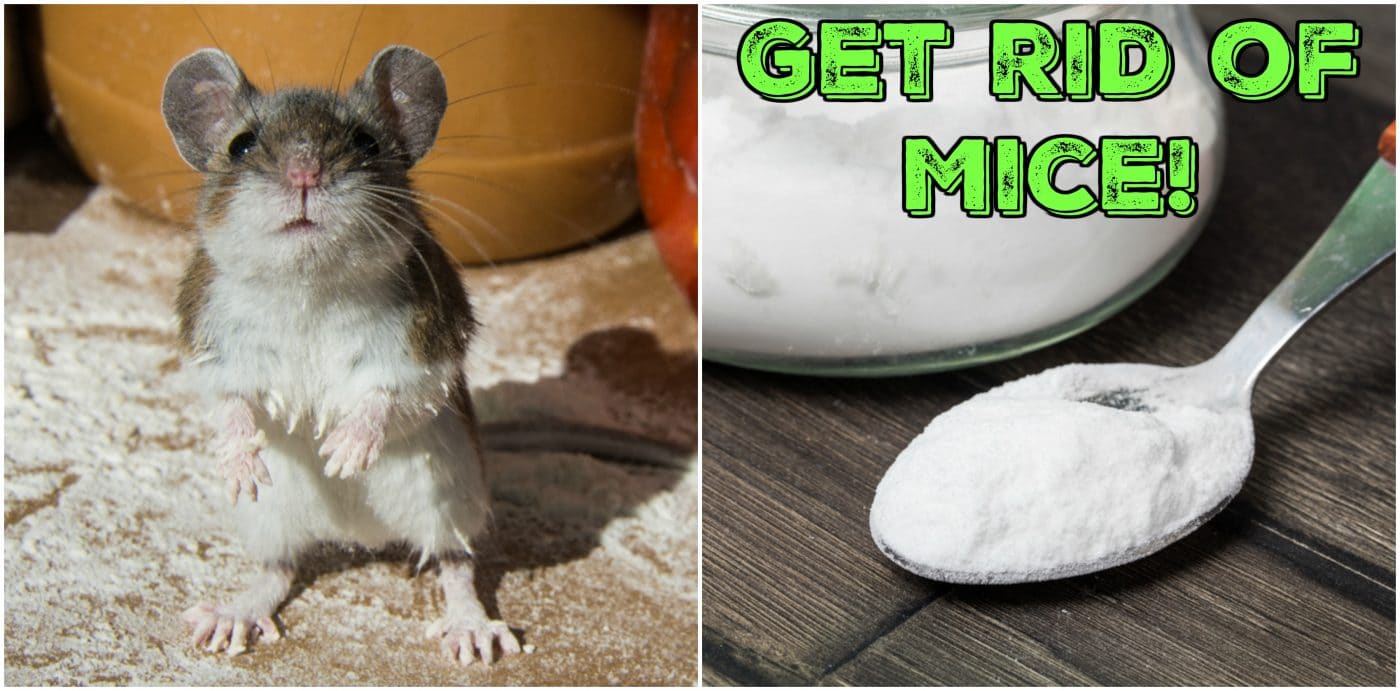Table Of Content

If you want to prevent a rat problem (rather than see one off), getting a dog or cat is a good way to do so. If you've just moved into a home, are renting with other, less careful tenants or have slipped into bad habits, you might be making your home a magnet to rats.
Catchmaster 60M Rat Glue Board
After an infestation, keep them on for a while and ask how to spot signs of trouble so you can monitor the situation on your own. She has been writing content for Future PLC for the past five years, in particular Homes & Gardens, Real Homes and GardeningEtc. She writes on a broad range of subjects, including recipe articles, reviewing products, writing ‘how to’ and ‘when to’ articles. Lola now writes about everything from organization through to house plants. Lola is a graduate student, who completed her degree in Psychology at the University of Sussex.
How to get Rid of Rats in the Garden
Rodenticides are a class of pesticides designed to kill rodents. Consider every possible access point rats could use to get into your home and find a way to seal it. Because rats tend to live in hidden areas, like wall voids, attics, and crawl spaces, careful inspection is the only way to identify their harborage areas, runways, and feeding zones. While no rat damage is good, large rat populations can quickly cause expensive and irreversible damage in the home. Once inside, rats will take refuge under furniture, behind walls, or in dark, seldom-used corners of the house. Natural scent repellants can be effective in keeping rats away due to their strong odor, which rats find unpleasant and irritating.
Try Natural Repellants
One unusual technique that may be preferable in some situations is to use audio of owls, set to go off at random times or when motion is detected. This method isn’t used often for home invaders, but has proven quite successful in warding off coyotes and wolves from farmland. Electric traps work great for almost any indoor area including the garage, basement, attic, kitchen, bathroom, and others. Next, take a bucket of water with a hefty dose of bleach (1-1/3 cup per gallon or so) and soak down the nest area and any spaces nearby where you see dark streaks or other markings. Then remove any solid debris and feces with paper towels and scrub the area down.
Opinion Is There Any Humane Way to Kill a Mouse? (Published 2018) - The New York Times
Opinion Is There Any Humane Way to Kill a Mouse? (Published .
Posted: Mon, 31 Dec 2018 08:00:00 GMT [source]
Before mice can nest in your home, they need to find a way inside. Basements, attics, crawlspaces and cracks around windows and doors are all possible entry points. Do your best detective work to determine where the mice live and build nests, and then set your traps around those general areas.
D-Con Rat Bait
Plus, it doesn't help that they hide in the walls or in places you rarely visit, such as the attic. Poison for rats is easily ingested, and often works by destroying the rat’s desire to eat or drink, leading to a slow and brutal death. Other forms include anticoagulants, literally causing the rat to die from internal bleeding. Even if these methods were quick and painless (which they’re not), the risk of using them is too great. While it’s true that rats and mice have their own genera, it should be noted that the two species do overlap in places. They are close enough to be able to interbreed (although it’s not common).
Likewise, placing used cat litter near access points may help prevent rats from returning to their nest. A good glue trap with a non-toxic adhesive such as the Catchmaster, is a weapon not to be trifled with. Lay these bad boys down along the edges of walls or other places the rat is likely to travel and they’ll get stuck fast. The more they struggle, the more stuck they’ll become. Traps are a third option, and they work quite well if you pick a tasty rodent bait. However, the most effective traps need to be checked frequently and may need to be camouflaged.

Even many of the pet safe rat poisons you buy commercially can be deadly to smaller animals or when consumed in large quantities. Rats are resilient, and if a natural rat repellent doesn’t work, you may have to go with a rat poison. This is a poison that is not meant to keep rats away, but it will kill them when you make the right poison.
Because of this, we recommend sealing any gap, crack, or space that’s ½” or larger. By tracing the signs of rats, you can also find and seal the entry points they’re using to get into your home. Ingredients such as peppermint oil, citronella, or vinegar emit scents that rats dislike, acting as a deterrent to their presence. Start by tidying your home's exterior by removing leaves or debris piles, especially those near the house, and keeping all garbage in covered cans.
In the morning, see if the powder is disturbed or if you see rat tracks. Rats can come through drains, including the sink, toilet or bathtub. Rats are strong swimmers and can tread water for up to three days. In addition, they can and will gnaw their way past wood, paneling, fiberboard, improperly-cured concrete, and more. Herbaceous perennials are very effective rat deterrents, especially mint and sage, both of which rats loathe. Likewise, if you have a compost heap in your garden, don't leave it open (house it in a compost bin instead), and don't throw food on it.
In general, rats can take refuge in walls, attics, basements, and even under furniture or appliances where it’s dark, according to Smith’s Pest Management. It can be challenging to determine whether rat activity is the root of noises in your garage without seeing a dead or live rat. Fortunately, all rat species cause similar disruptions, and any indicators of disturbance point to the need for pest treatment. Exterminators should provide a list of chemicals they’re using, and they should change them every three months because pests grow resistant.
In addition, remove bird feeders as rats will climb to eat birdseed. Also remove birdbaths, as they will use it as a water source. As you are removing rat attractants, consider attracting owls to your property.

Traps are pretty inexpensive, so we recommend buying a somewhat large number of traps and placing them in different locations where you think the rat may travel. Along with increasing the probability of catching a rat, having multiple traps allows you to test different baits. See which trap is set off more often (and that actually catches the rats that run across it) to know which bait would be best to use. Typically the easiest way to identify this rat is to pull its tail over its body; the tail will not reach its head, while the roof rat’s will.

No comments:
Post a Comment